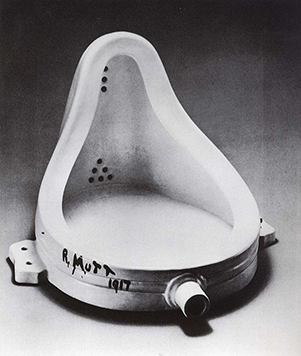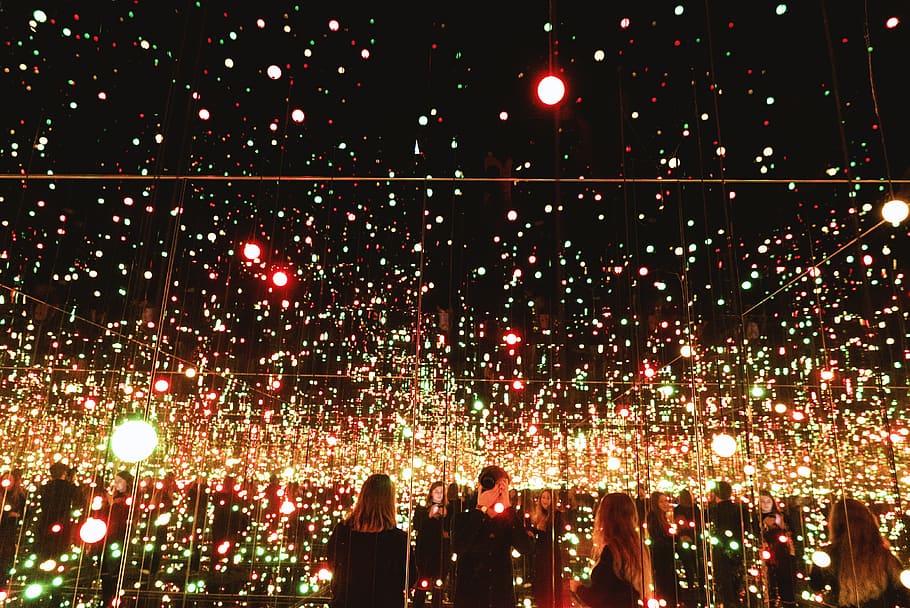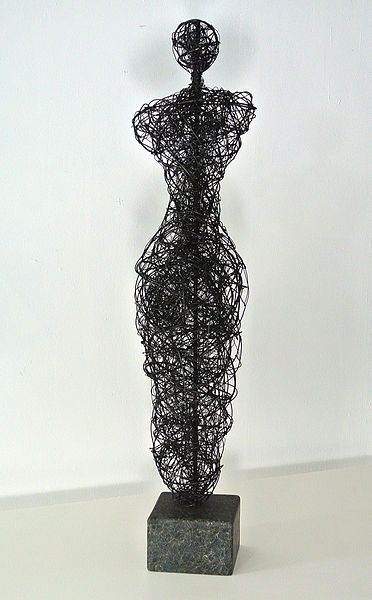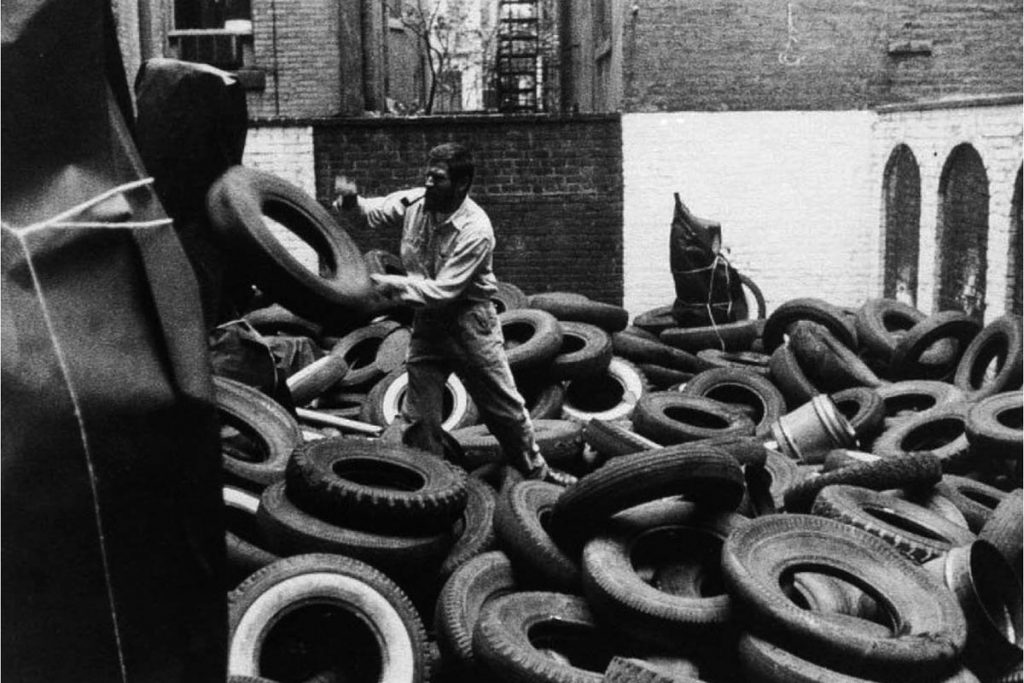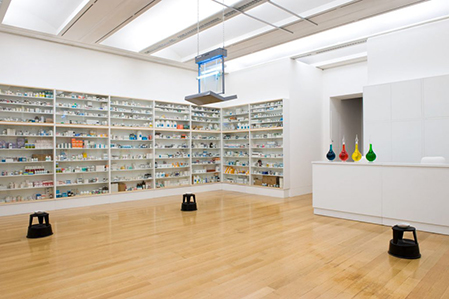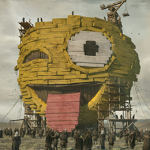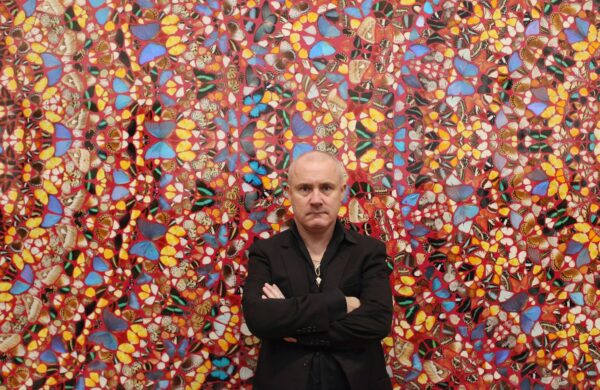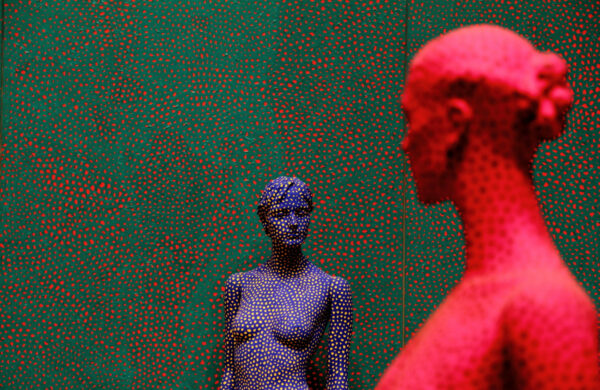What Is Installation Art and What Isn’t
Like many movements, styles, and influences that make up modern and contemporary art, installation art is mostly rooted in conceptualism and transformation. Although comparable to sculpture and related to a variety of other artistic genres, this immersive practice offers a unique way to experience art. To grasp the meaning of such a movement, it is important to understand what makes it so particular, from its distinctive qualities to its technical characteristics.
So today, we’ll be going over this avant-garde movement, paying particular attention to its particularities, how it engages audiences and produces such impactful experiences.
What is Installation Art
In the contemporary world, where so many different art forms have been born, developed, explored and even forgotten over time, almost no other manifestation of art has been so instantly mesmerizing as installation art.
Influences and Origins
The origins of installation art are usually related to Conceptual art. Following the steps of artists like Marcel Duchamp and his innovative approach of presenting his readymades. Other noticeable influences that are considered to have paved the way for the development of installation art as we know it today include the Dada movement (Dadaism), particularly several works and assemblage art which notably filled entire rooms, theories of Spatialism, and even some pieces by John Cage.
Before being called installation art, this art movement was originally referred to as the environment. After Allan Kaprow, an American artist who introduced the concept of “happenings”, – a form of spontaneous, non-linear action, that revolutionized the practice of Performance Art. However, it wasn’t until the ’70s that the term Installation Art began to be applied in defining works that take into account the viewer’s entire sensory experience or that fill out an entire space.
Main Qualities
Installation artworks, – either permanent or temporary, are usually created to be exhibited in venues like museums and galleries, or public or private spaces. Installation art by itself can be such an ambiguous concept that it cannot be narrowed down to specificity. Due to the latest technological developments and enhancements, this art form allows the merging between video, sound, immersive virtual reality environments, the internet and performance with traditional media and other conventional resources used in fine arts practices. From natural to man-made materials, installation art allows full creative freedom over any artist’s work.
Furthermore, site-specific installations are produced to exist and “function” at the location for which they were commissioned, making these sensory projects often part of the surroundings. Other artworks can be relocated and displayed in different places, not depending on their environment. This sensory engaging art practice completely blurs the line between art and life.
Characteristics of Installation Art
Immersiveness
If not the most significant, it’s certainly an important aspect to have in consideration: installation art’s ability to physically interact with an audience. While some artistic mediums and outlets are capable of creating some sort of engagement and interactivity, installation art creates entirely immersive experiences that encourage dialogues between individuals and works of art. This single characteristic invites audiences to interact with artworks from multiple viewpoints.
Large-Scale
Given its interactive nature, most installation artworks are big in scale. Their sizable structures facilitate observers to become completely immersed in each larger-than-life environment. In several cases, it even allows them to sit, stand, rest or walk through it, — a distinctive ability not usually seen in other “classic” art forms.
Site Specific
Unlike sculptures, paintings, and other traditional art pieces, installations are usually designed with specific places and purposes in mind. From gallery rooms to outdoor spaces, the strategic nature of installation art designs and the uniqueness of their surroundings, site-specific works of art ensure a one-of-a-kind aesthetic and experience.
The difference between Sculpture and Installation Art
There’s a common misunderstanding and a general questioning about the difference between Sculpture and Installation Art. As much as some installation artworks may resemble traditional, hand-made sculptures, it doesn’t mean both these art forms can be put under the same category.
So, a sculpture is essentially something that you make out of specific materials, such as wood, metal or stone. You “sculpt” the material by changing its shape, by carving, assembling or casting and modelling. An installation is basically a display. It may or may not include sculpture; it’s usually created from different media. You can create an installation without “making” anything, just by arranging different objects.
Sculptures can be freestanding and self-supported, allowing the viewer to walk completely around the work to see it from every perspective, where the primary form’s surface is raised above the surrounding material, like the image carved on a coin.
Also, Installation Art can effectively deconstruct some traditional principles and concepts of sculpture. This happens whenever an artwork is created to be seen from the outside, from the inside or to be experienced as a self-contained composition of different elements.
On the other hand, installation pieces usually embrace and enclose an audience in the surroundings of the artwork. Besides, installation art is created with the intention of focusing on the viewer. Individuals almost become the main subject of the artwork, taking into consideration the spectator’s engagement and interaction with the art piece.
The formalism of the work essentially slips into the background, bringing the impact of the viewer’s spatial and cultural expectation to a focal point. The multi-sensory designed installation, creates an ongoing conversation with its surroundings, waiting for the spectator to take in both the creation and its environment as an overall immersive display.
5 Different Types of Installation Art
From pill packets and crumpled trash bags to mirrored rooms and giant mushrooms, installation art has given some of the boldest and boundary-pushing masterpieces of all time. Installation art has grown to be one of the most widespread forms of contemporary art practice, with artists adopting ever more adventurous and playful ways of transforming the way we experience art.
Allan Kaprow, Yard, 1961
American artist Allan Kaprow’s Yard, filled the outdoor yard of Martha Jackson’s Gallery with black rubber tires and tarpaper-wrapped forms before encouraging participants to climb, jump and play in this monstrous playground. This iconic installation art opened up new sensorial experiences for visitors and allowed them to engage with art like never before. As well as exploring abstract ideas around solids and voids in space, Kaprow was a pioneer in bringing improvisation and group participation into art, “Life is much more interesting than art. The line between art and life should be kept as fluid, and perhaps indistinct, as possible.”
Damien Hirst, Pharmacy, 1992
Created to mirror the cold, hospital-like atmosphere of an old-fashioned pharmacy, Hirst’s Pharmacy, includes a large collection of tablet packagings, medicine bottles and other medical objects in a harsh fluorescent white made-up environment. This iconic installation highlights the modern-day obsession with medication as a way to extend life expectancy without us having to question it. Hirst explained, “We all die, so this kind of big happy, smiling, minimal, colourful, confident facade that medicine and drug companies put up is not flawless – your body lets you down, but people want to believe in some kind of immortality.”
Olafur Eliasson, The Weather Project, 2003
Olafur Eliasson created The Weather Project, in 2003 for Tate Modern. He intended to replicate the effect of an enormous sun rising through a fine mist. Low-frequency lamps around his artificial sun allowed only the golden glow of the sun to dominate the space, reducing all surrounding colours to the magical shades of gold and black. Master of illusion and installation art, Eliasson designed the glowing orb from a semi-circle of light which is reflected by mirrored panels on the ceiling. These mirrored panels stretched over the whole ceiling, enabling visitors to see themselves reflected as if floating in the sky above them, creating the sensation of hovering weightlessly in space.
Yayoi Kusama, Infinity Mirrored Room – The Souls of Millions of Light Years Away, 2013

The Infinity Mirrored Room – The Souls of Millions of Light Years Away, is one of various immersive ‘Infinity Rooms’ which have peaked the interest of thousands of gallery-goers around the globe. Designed by placing mirrored panels throughout the walls, ceiling, and floors of a small, confined space, Kusama later fills it with tiny fibres of coloured lights and reflective objects around the room to create the effect of endless, infinite space. Just like entering a star-filled universe or merging into a digital superhighway, there’s truly nothing like the experience of going to an Infinity Room.
Random International, Rain Room, 2013
Random International’s well-known installation artwork Rain Room, very much concisely unites art and technology into one. Visitants pass through a gushing torrent of rainwater but almost miraculously remain dry, as sensors detect their movement and cause the rain to stop around them. This deceptively simple idea from the London-based art collective embraces a natural symbiosis between art and the spectator as the installation only comes alive through physical interaction.
Conclusion
- Like many movements, styles, and influences that make up modern and contemporary art, installation art is mostly rooted in conceptualism, dadaism, spatialism and performance art.
- Installation artworks, – either permanent or temporary, are usually created to be exhibited in venues like museums and galleries, or public or private spaces.
- Installation art creates entirely immersive experiences that encourage dialogues between individuals and works of art.
- Given its interactive nature, most installation artworks are big in scale.
- Installations are usually designed with specific places and purposes in mind.
- A sculpture is essentially something that you make out of specific materials, such as wood, metal or stone. An installation is basically an arranged display that can include a variety of different mediums and art practices.
- Installation art has grown to be one of the most widespread forms of contemporary art practice, with artists adopting ever more adventurous and playful ways of transforming the way we experience art.
